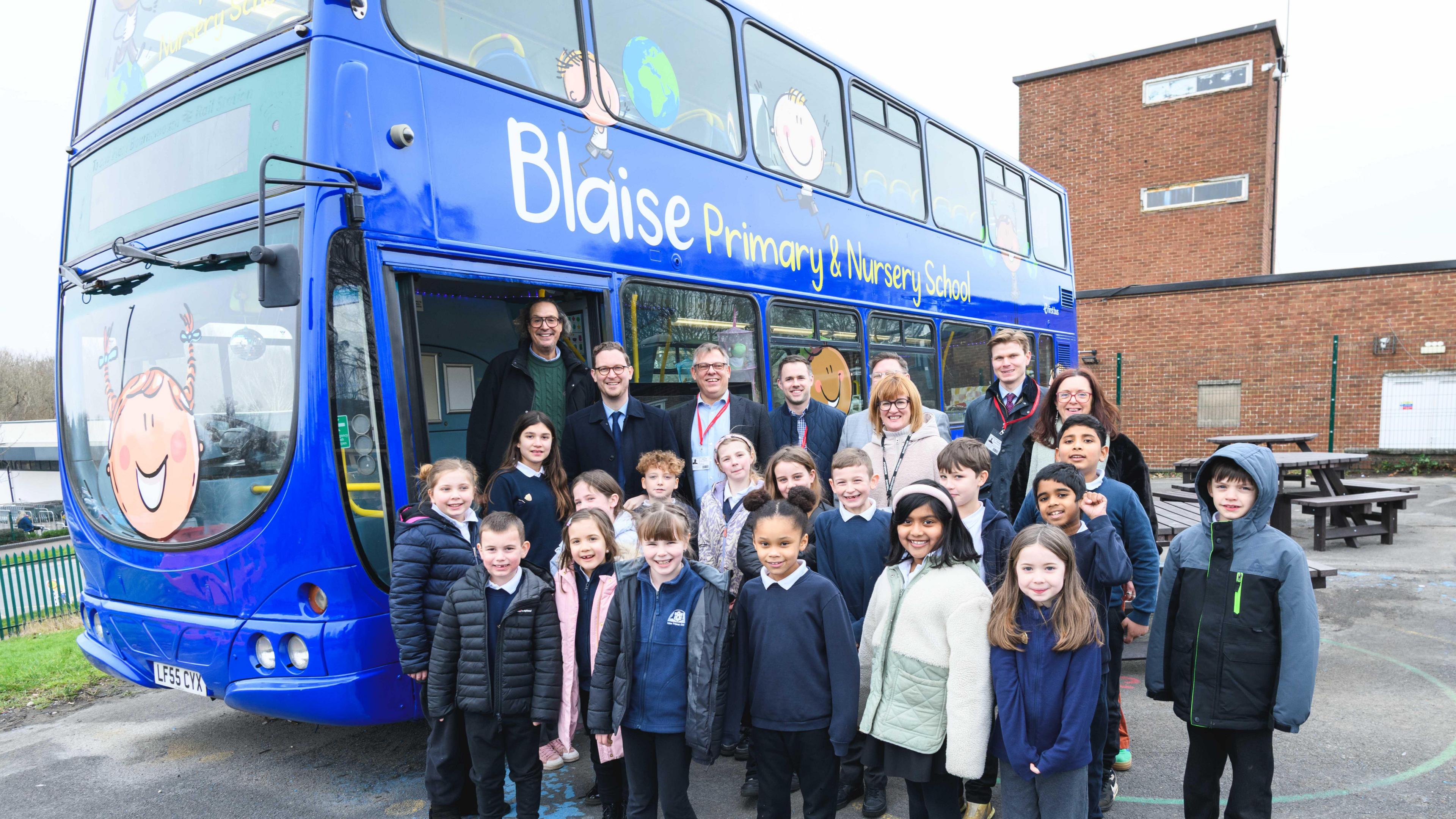Vintage coaches mark centenary of intercity route
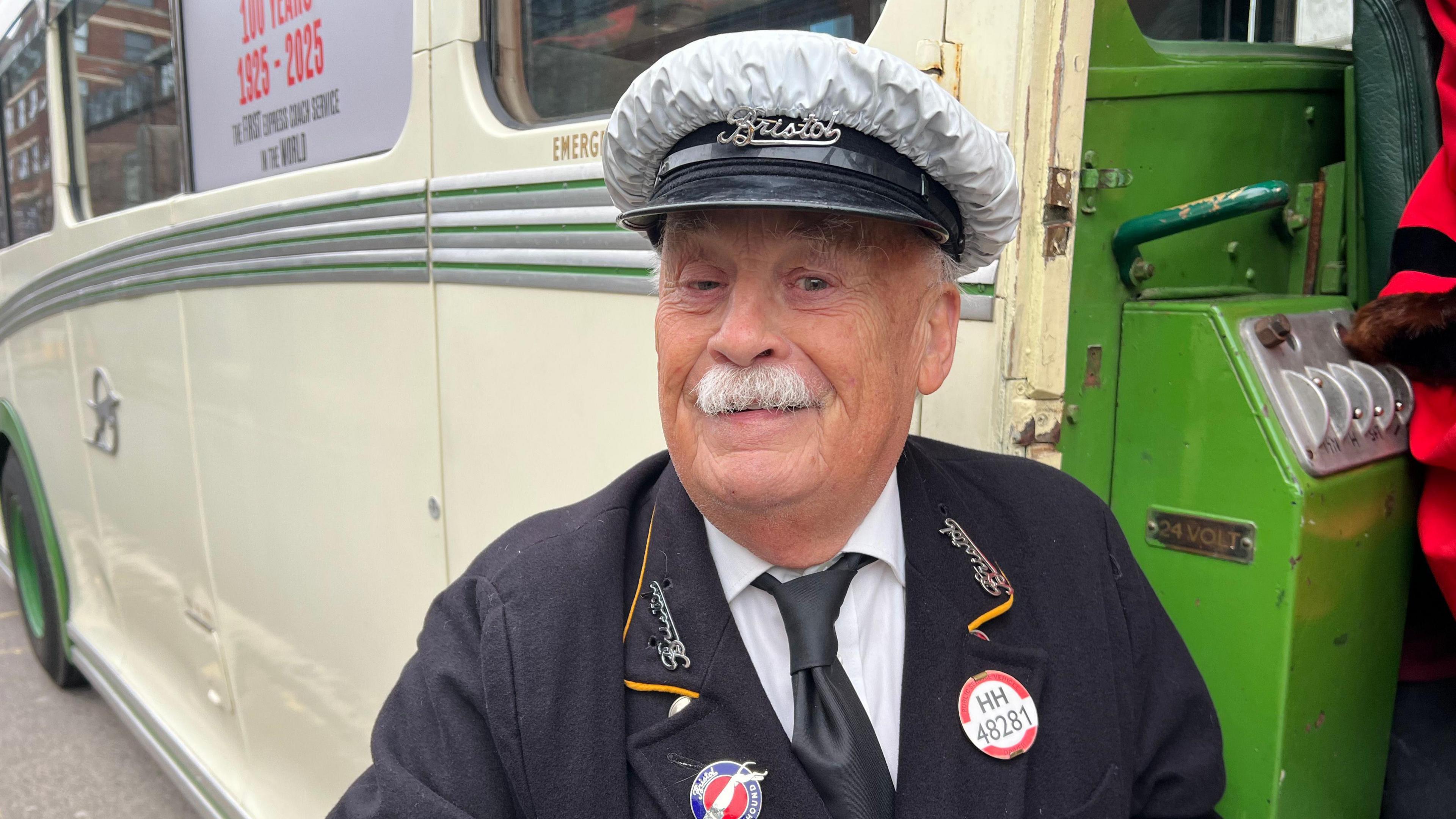
Mike Walker drove one of the four historic vehicles
- Published
Historic vehicle enthusiasts have marked 100 years since the launch of the Bristol to London coach service by recreating the journey.
Passengers were charged £1 each way as four vintage coaches operated by Greyhound Motors travelled from Bristol to London on Sunday and returned on Monday to mark the centenary of the route launched in February 1925.
At the time, it was believed to be the first long distance coach service in the UK where travellers could hop on or off at any point, with the fare price decreasing the shorter the journey.
Mike Walker, of the Bristol Omnibus Vehicle Collection, said the service had been "a revelation" to people in the west.
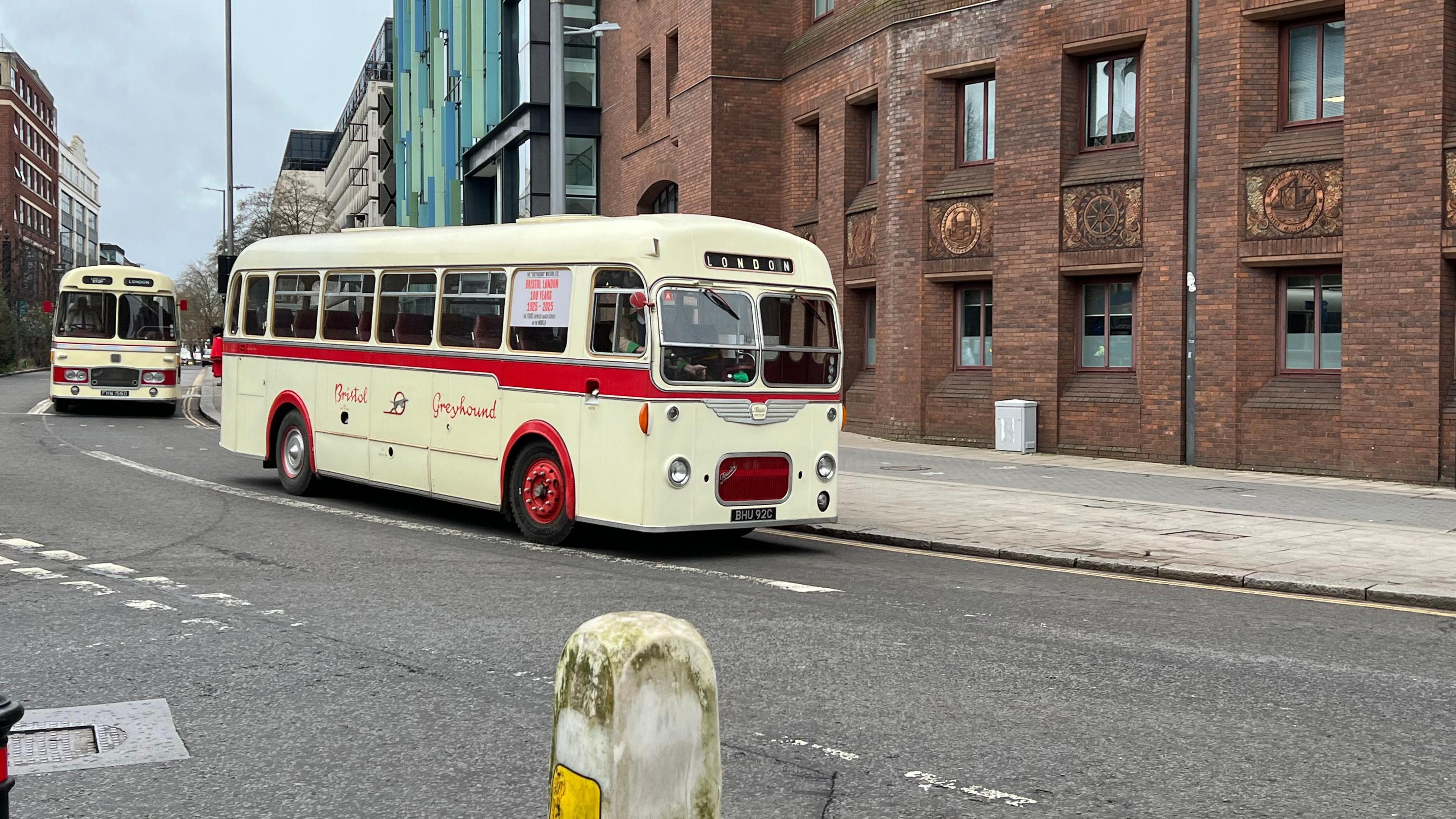
Four vintage Bristol Greyhound coaches, the oldest of which is 75, set off from Prince Street in Bristol on Sunday
Speaking to BBC Bristol, he said: "I could remember seeing a press cutting where a gentleman in Marlborough said when he saw the first coach come through, 'I knew there were trains to London but buses?'
"They were solid tyres, the roads weren't that good, so it would have been an endurance I'm sure."
Within months of the beginning of Bristol to London route, Greyhound had launched a second service via Devizes, Wiltshire.
The coaches, which were partially built in Brislington in the 1950s, stopped regularly to match the original eight-hour journey time on the centenary trip.
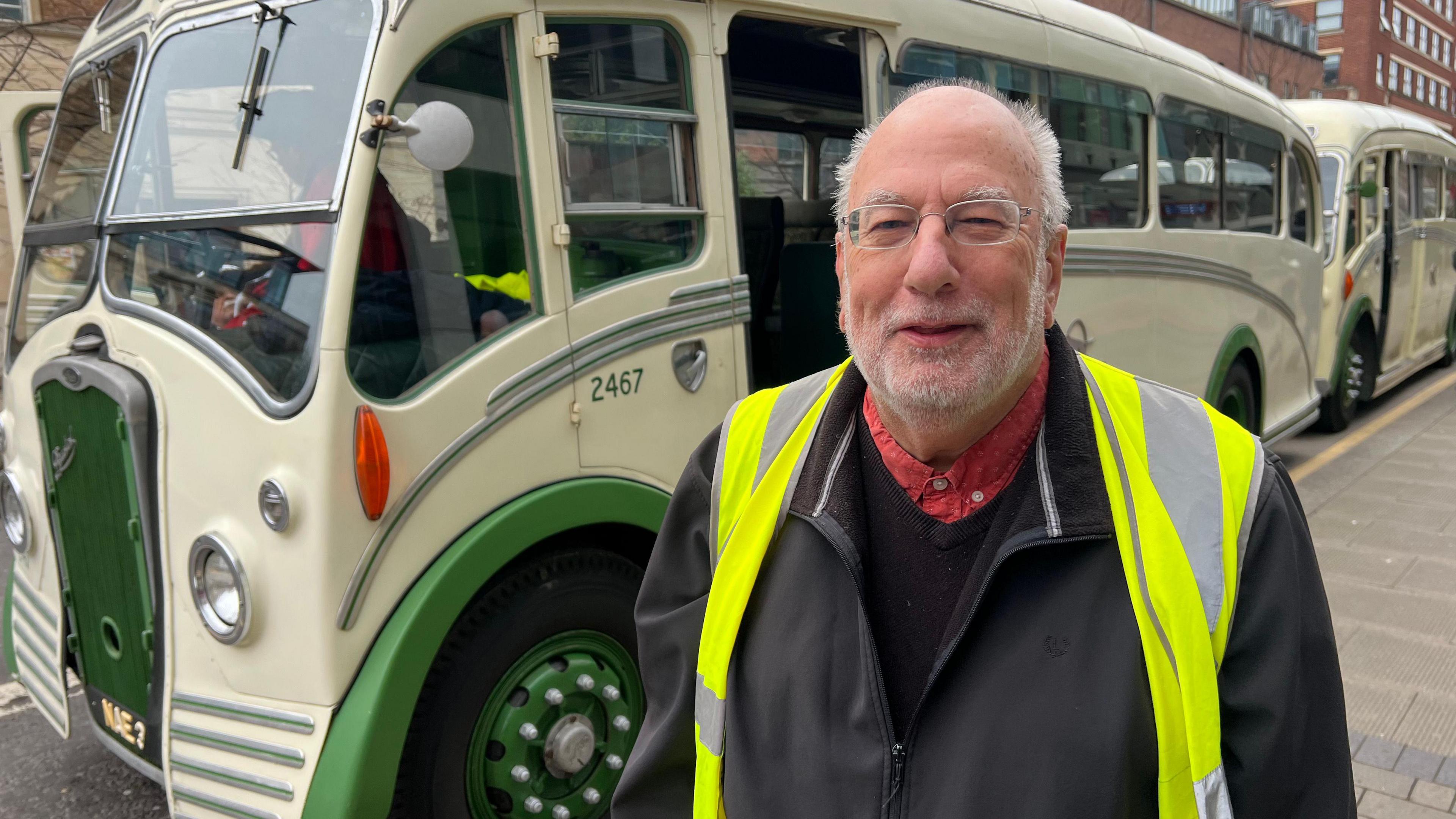
Martin Curtis, of the Bristol Omnibus Vehicle Collection, took part in the centenary celebrations
Mr Walker said it would have been "rude not to do something" to mark the occasion.
Speaking ahead of the trip, he joked: "We've got a breakdown number on hand just in case, I don't expect to need it!"
After reaching London on Sunday evening, the drivers were put up for the night in Hammersmith, the original service's final destination, by Transport for London.
'Instantly a success'
Martin Curtis, of the Bristol Omnibus Vehicle Collection, said journey times had rapidly improved after the service's launch.
"Pneumatic tyres were introduced a year or so later and that allowed the speed of the service to increase and also road surfaces changed."
He said the sudden popularity of coaches had come as something of a surprise to railway operators.
"The Great Western Railway was the only way by public transport to travel to London in those days and it was felt there was no demand for anything rather slower but cheaper.
"But in fact instantly the Greyhound service was a success, and more journeys were added."
Get in touch
Tell us which stories we should cover in Bristol
Follow BBC Bristol on Facebook, external, X, external and Instagram, external. Send your story ideas to us on email or via WhatsApp on 0800 313 4630.
Related topics
- Published15 March 2023
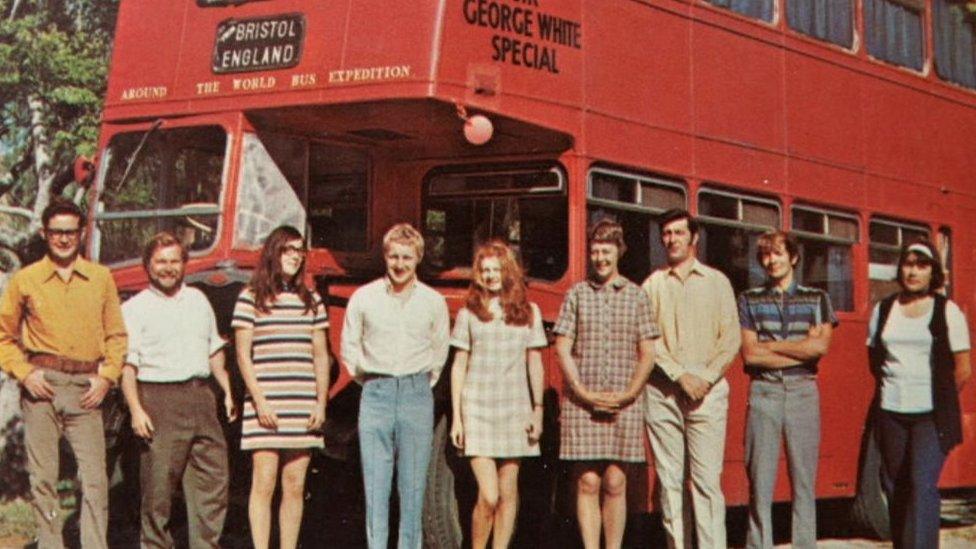
- Published22 March 2021
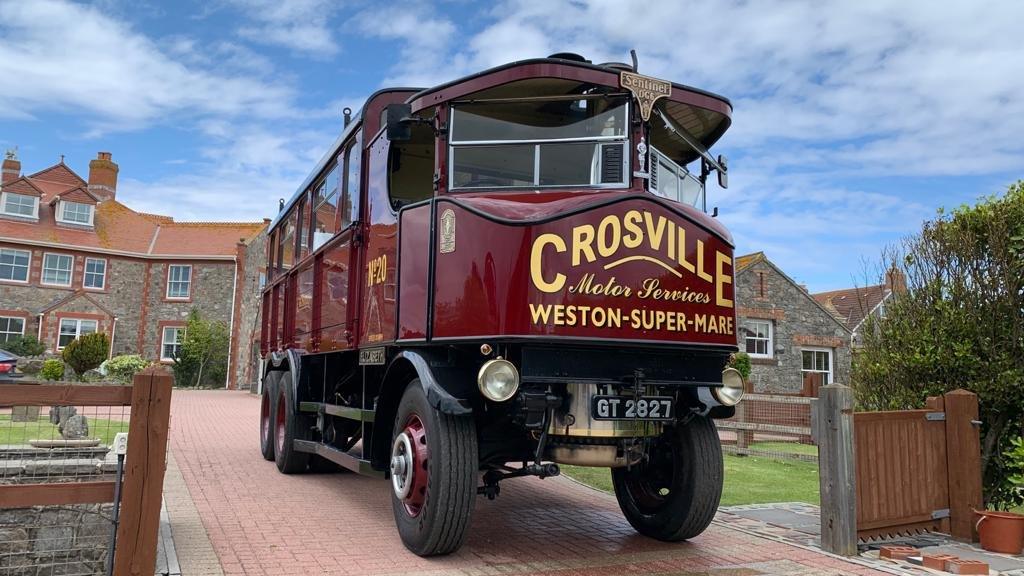
- Published18 February
